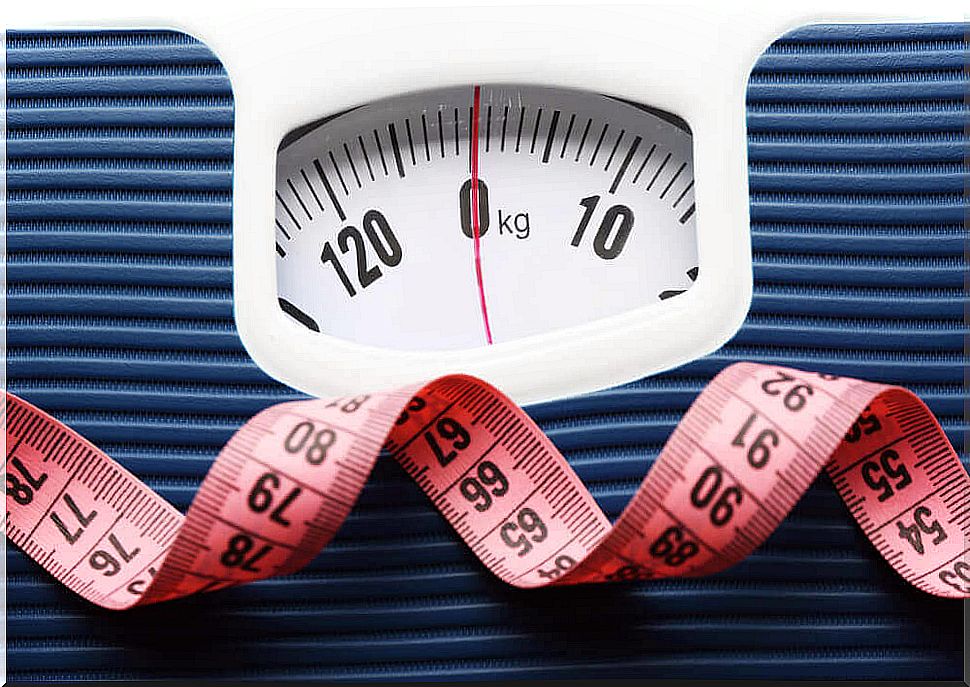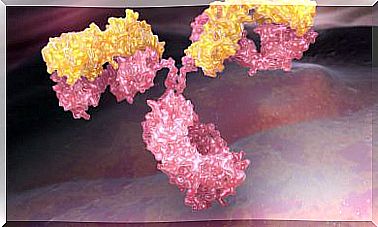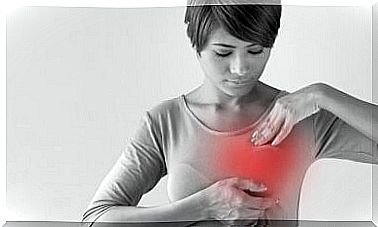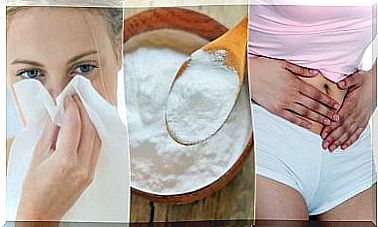Fat Vs. Muscle: These Are Their Main Differences
The fat and muscle present in the human body are part of the different tissues that exist. Now, do you know what the main differences are?
Based on this, it is not that one is better than the other, because ultimately both are necessary to have a healthy body. Thus, these tissues fulfill specific functions in the body, so the balance of the two is what really counts. Find out more about this topic below.
The importance of body weight

Body weight is made up of the sum of water, fat, muscle and, to a lesser extent, bones, viscera and nerves, in fact, this is what determines the balance. However, this number does not allow us to identify what corresponds to each tissue except that it is a scale like the one used by nutrition professionals, in which this is specified in detail.
However, based on this value obtained after weighing, the body mass index can be calculated. When it is equal to or greater than 25 kilograms per square meter, it indicates overweight, which, according to the vast scientific evidence, is an indicator that is associated with the development of obesity and metabolic dysfunctions.
It should be noted that it is the excess of adiposity that brings health complications, for this reason, the mass index does not apply to people who are overtrained, such as bodybuilders, in which this indicator is usually greater than 25 kilograms per meter square.
What is fat and what does it do?
Now, this does not mean that body fat is harmful, since this is the main energy reserve of the body. This macronutrient, which is made up of fatty acids and glycerol, provides 9 calories per gram. However, adipose tissue also fulfills structural and metabolic functions. Some of these are as follows:
- It covers the body’s organs (visceral tissue).
- It acts as a thermal insulator.
- Lipids are precursors of hormonal steroids, bile acids, and vitamin D.
- They carry fat-soluble vitamins (A, D, E, K and carotenoids).
- They provide essential fatty acids for the body.
Types of fats
To be clear, there are different food sources of fat. Based on this, they can be grouped into “bad” and “good” fats for health. The former are chemically saturated, usually of animal origin, and solid at room temperature. Examples of these are pork fat, lard, milk fat, meat fats, and chicken skin.
On the other hand, those that are healthy are generally of plant origin, with the exception of fats from sea fish and are usually liquid at room temperature.
This type of lipid can help protect the body against coronary heart disease by lowering blood cholesterol levels. Among these, we can mention chia seeds, flax, soybeans, olives, their oils, mackerel, tuna, among others.
What is muscle and what is its function?
Muscle is a tissue that is made up of bundled muscle fibers. These have the ability to contract and relax. In the body there are 3 types:
- The cardiac, which is found exclusively in the heart.
- Smooth muscle, which lines the wall of the digestive system, bronchi, blood vessels, urinary bladder, and uterus.
- The striated or skeletal tissue that is known as the “muscle itself”.
The latter fulfills different functions in the body:
- It allows movement, because the fibrils that compose it contract and relax to achieve displacement.
- It generates mechanical energy from the use of the glucose it stores.
- Produces stability in the joints.
- It serves as protection.
- Allows you to maintain your posture.
- They provide heat, due to the irrigation they have, due to the friction they generate and because they consume energy constantly.
- They stimulate the action of the lymphatic and blood vessels because muscle contraction helps the blood to pump (known as venous return).
Main differences between fat and muscle
It is evident that they are different tissues and that for this reason, their functions are not similar. In addition to this, other differential aspects can also be mentioned.
Volume
Fat tissue occupies more volume than muscle tissue, so two people who weigh the same may have a different appearance. This explains that whoever has a greater amount of adipose tissue will occupy a greater surface area, while a person in whom muscle predominates will appear toned and with a slimmer appearance.
Metabolic effect
The muscular system has the ability to consume energy, therefore, the greater amount of muscle mass you have, the higher the basal metabolism. This concept means that in a state of rest, that is, when no type of movement is made, the minimum energy that cells use to function is greater.
Why is it necessary to have a balance between muscle and fat?

- Arterial hypertension.
- Cardiovascular diseases.
- Insulin resistance and type 2 diabetes.
- Dysfunction of the blood vessels.
- Atherogenic dyslipidaemia (including high bad cholesterol, low good cholesterol, and excess triglycerides).
- Thrombosis risk.
There are clear differences between muscle and fat, but both tissues are important
To keep fat tissue within optimal values and, in turn, to develop muscle mass, it is necessary to follow a healthy diet and do physical activity on a daily basis. These pillars are essential for both tissues to function properly.









